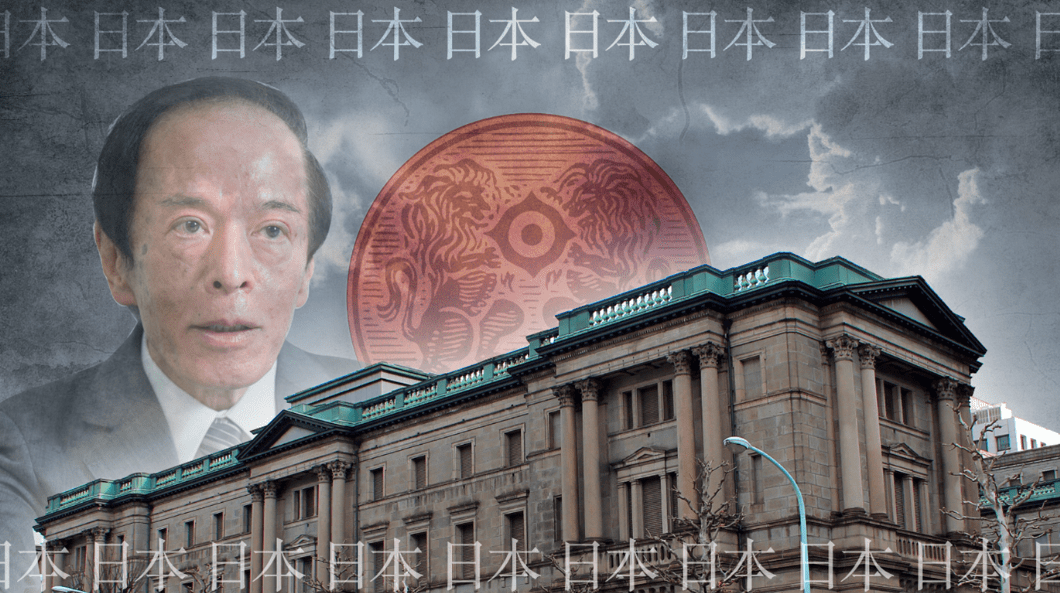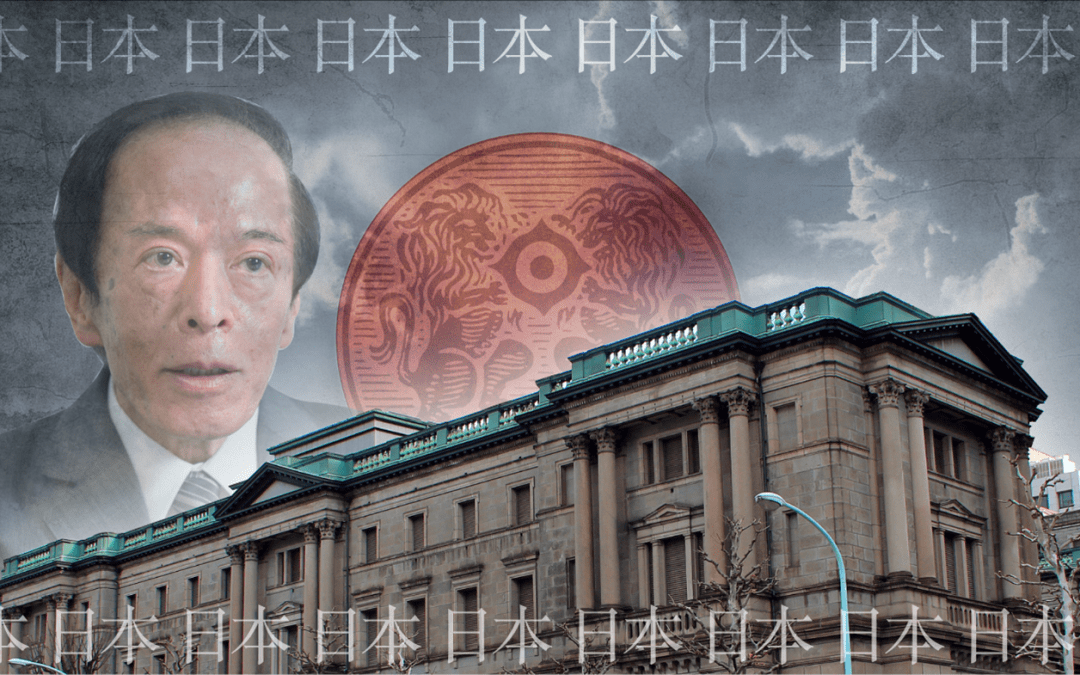While the Chinese fiscal briefing was a huge nothing burger, we are starting to see pockets of the USD-denominated asset space behaving as if a USD “whatever-it-takes” moment is just around the corner.


While the Chinese fiscal briefing was a huge nothing burger, we are starting to see pockets of the USD-denominated asset space behaving as if a USD “whatever-it-takes” moment is just around the corner.

The JPY is once again suffering from a weak CNY, and the metals trade is not performing despite FX debasement risks in Asia. Have markets gotten tired of the co-ordinated “cry wolf” rhetoric from Asian monetary authorities?

How will the euro-sceptic parties wield their newly won political power over the next years? Why is EU entering the EV war and what might the effects of Indias current heatwave be?

We are getting confirmation for our “soft patch” thesis in April from data releases right left and center. PMIs are improving and May data will generally look much better than the soft data from April.

The AI wave is suddenly used as an excuse for right about everything in equity markets to commodity markets to rates markets. Is that even fair?

The weakness in Asian FX is back and there are signs of a bottoming in Oil prices. Will the breathing space only last until next week’s CPI report? Meanwhile, the UK could prove to be a US case T+6.

The BoJ delivered a historical hike – its first in 17 years – last week. Does this mark the turning point for Japan for good, or do risks still linger?

>5% wage gains for the Rengo union members in Japan, which paves the way for policy action from the BoJ. Meanwhile, the PBOC refrained from cutting. Possibly as rate cuts are off the table in the US given the PPI developments?

Japan has reemerged as a feasible investment these last years, but is the driving force of this performance ebbing, as China returns to the table? A look at the relative winners and losers if China in fact is returning.

Sentiment in Japanese stocks has weakened ahead of a potential lift-off on front-end rates in March, while the JPY FX case looks compelling still. Meanwhile, Chinese sentiment is improving both directly and via proxies.

Takata from the BoJ has truly restarted speculations in action from the BoJ already in April as he labeled the inflation target as “coming into sight”. Meanwhile, the EUR-flation target may be coming into sight from the other direction despite lukewarm releases today.

Japanese inflation has been trending clearly below 2% over the past 3-4 months and it seems like the so-called “inflation-problem” is non-existent in Japan. Meanwhile, China continues to look like a compelling case.

We need a very soft inflation report from the Euro area to bring back hopes of ECB spring action. We lean dovish, but dovish enough?

Japan has entered a technical recession, but markets remain homed in on a few small hikes to bring Japan out of NIRP-territory. Meanwhile, the inflation evidence keeps diverging elsewhere.

The US CPI dealt a harsh blow to risk assets and those betting on disinflation, yet the trend of easing price pressures persists globally, as highlighted by the latest UK inflation report out this morning. Discover more in our “5 Things We Watch” below!

We have taken on a new FX position and have pinned another to the watchlist. See details below

The Japanese Nikkei 225 has, apart from yesterday’s move lower, been on a streak of strength since the turn of the calendar. So, with its Asian peer on the ropes and the toned down remarks from members of the BoJ regarding inflation, is the index a buy from here?

The Bank of Japan is unlikely to move the needle, if the Fed cuts rates. It is now a relative game between Ueda and Powell. Meanwhile markets are pricing a growing inflation divergence in G10 space.

Things are starting to look a little troublesome for the US economy in the mid-term as re-accelerating inflation and a weakening labor market is no easy cocktail for the Fed. Read more here together with some notes on freight rates, Japan and the new BTC ETF.

The bearish price action continues in oil, while the BoJ meeting in December is suddenly seen as “live” by market participants. Can BoJ move the needle before year-end?

As SLOOS-alike reports have come in for both EU and Japan, we have a look at the differences in credit surveys across the Atlantic, and which credit spreads to look out for in the time to come

The Bank of Japan opens the door for >1% 10yr bond yields alongside a large revision of inflation forecasts and yet the JPY weakens again – exactly as we anticipated. Meanwhile, the US Treasury issuance bazooka was nowhere to be seen, or was it?

Japan is one of the most energy sensitive countries in the world and the BoJ is not (truly) willing to underpin the JPY. We aim at exploiting this in a RV trade in Asia.

Ueda has got the situation under control and managed to orchestrate a whole string of positive market developments on the back of his monetary policy mix. There are no major reasons to change course. Steepen the JPY curve slowly, while accommodating the short-end.

Masato Kanda threatens with intervention in JPY as the Japanese case risks becoming the release valve for pressures in China. Equity markets behave as we expected given the renewed pressure >7.30 in USDCNY.

The Bank of Japan has fueled a global curve steepening and the US Treasury is forced to emphasize the trend with substantial ramifications for liquidity, rates, FX and equities. Here is how we play it!

The market struggles with duration issuance as the positioning is already loaded with bonds, while the BoJ keeps weakening the JPY (on purpose) as they continue to crowd out investments.

How on earth can the JPY weaken when 10yr JPY yields are on the rise? We look at flows and investment mandates and how they impact the JPY and JGBs. We still see 150+ on the horizon for USDJPY.

The Bank of Japan did indeed move the needle as the big spike in the short-term inflation forecast provided them with an excuse. The big question is whether the move will lead to more or less printing? And whether the packaging is dovish enough to keep markets calm?

It seems carved in stone that the Bank of Japan will have to revise the inflation path higher again in projections but will it be enough for Ueda to move the needle on the yield curve control? Here is our list of pros and cons and our base-case!